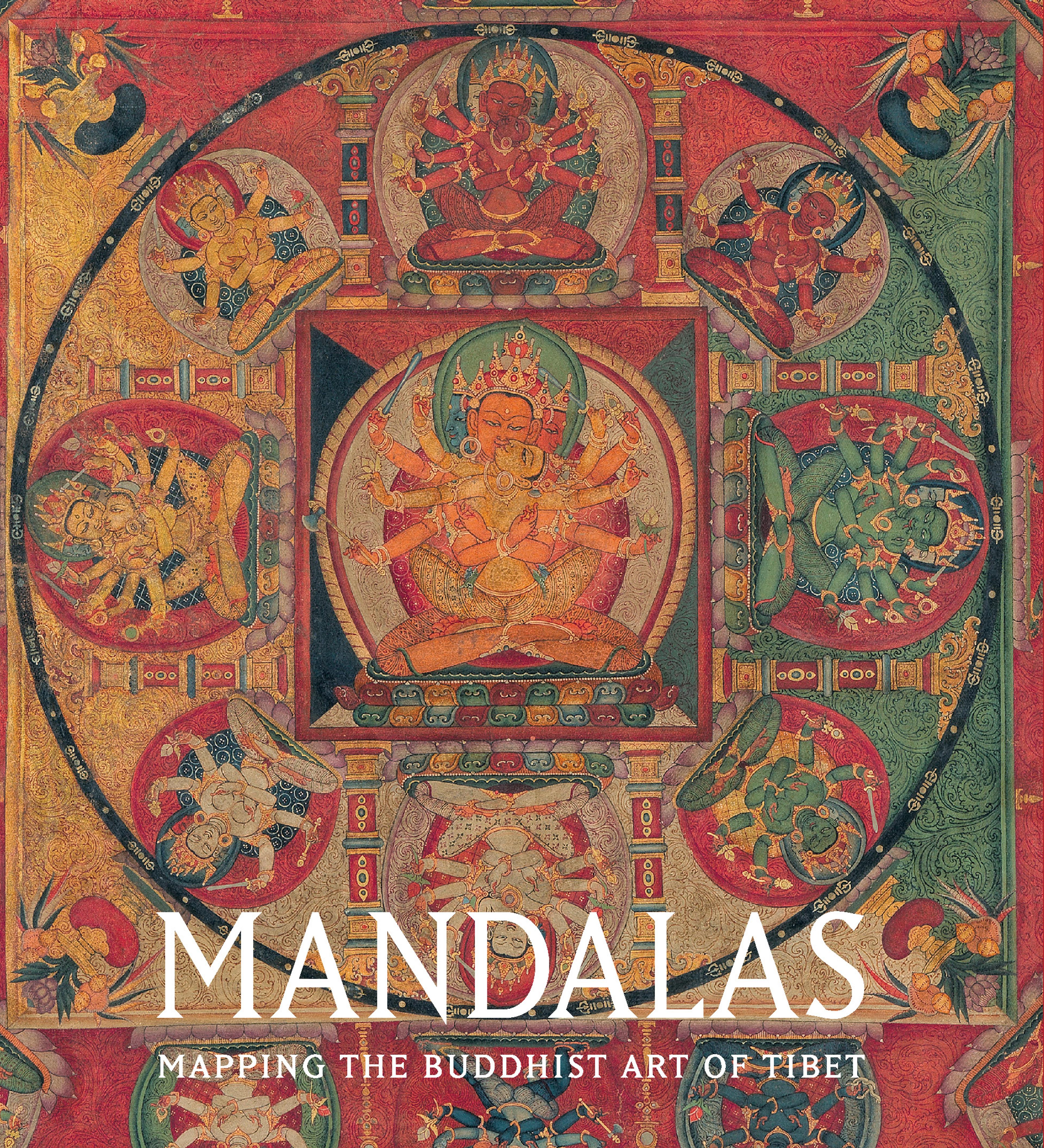Tara, the Buddhist Savior
Tara, the supreme Buddhist saviouress, grants boons to devotees with her outstretched lower hand delicately clasping a flower bud. A lotus in full bloom adorns her shoulder. She is richly bejeweled, her openwork diadem inset with turquoise and semiprecious stones. In Vajrayana Buddhism, Tara is often presented as the spiritual counterpart to Avalokiteshvara and shares with him a premier role in Tibet as a compassionate protectress. Tara appears in many forms, of which Sitatara, the White Tara, who displays a lotus (padma), was the most popular. It is likely Sitatara who is represented here, the embodiment of perfected wisdom and wish-fulfilling granter of boons.
Artwork Details
- Title:Tara, the Buddhist Savior
- Period:Malla period
- Date:14th century
- Culture:Nepal, Kathmandu Valley
- Medium:Gilt copper alloy with color and semiprecious stone inlay
- Dimensions:H. 23 1/4 in. (59.1 cm); H. incl. base 26 in. (66 cm); W. 10 1/2 in. (26.7 cm); D. 5 in. (12/7 cm)
- Classification:Sculpture
- Credit Line:Louis V. Bell Fund, 1966
- Object Number:66.179
- Curatorial Department: Asian Art
More Artwork
Research Resources
The Met provides unparalleled resources for research and welcomes an international community of students and scholars. The Met's Open Access API is where creators and researchers can connect to the The Met collection. Open Access data and public domain images are available for unrestricted commercial and noncommercial use without permission or fee.
To request images under copyright and other restrictions, please use this Image Request form.
Feedback
We continue to research and examine historical and cultural context for objects in The Met collection. If you have comments or questions about this object record, please contact us using the form below. The Museum looks forward to receiving your comments.
